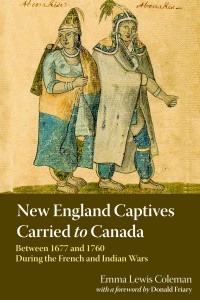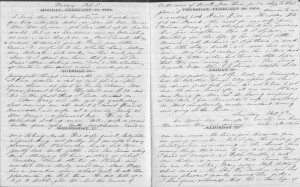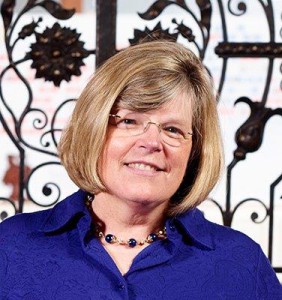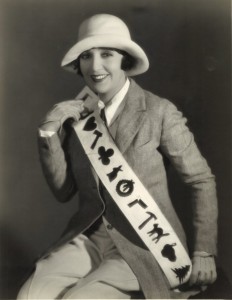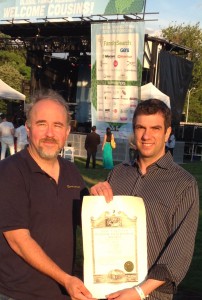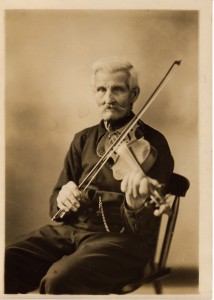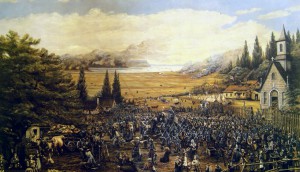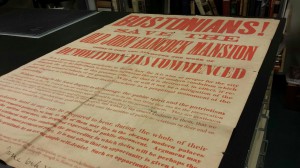
[Editor’s Note: As part of the Society’s commitment to serving as a repository of original documents, preserving (and, when necessary, conserving) them for future generations in all their forms, NEHGS has a state of the art document conservation laboratory about which both Jean Maguire and Deborah Rossi have written for the blog.]
From Conserving an historic family tree by Deborah Rossi:
“NEHGS is always looking to acquire family trees to add to our collection. They come to us through donation or purchase, and their condition on arrival varies from pristine and framed to dirty and frayed. Many a family tree crosses the threshold of the Society’s new Conservation Lab, where it is cleaned and repaired, resulting in a piece which can be safely stored or displayed. Continue reading State of the art
